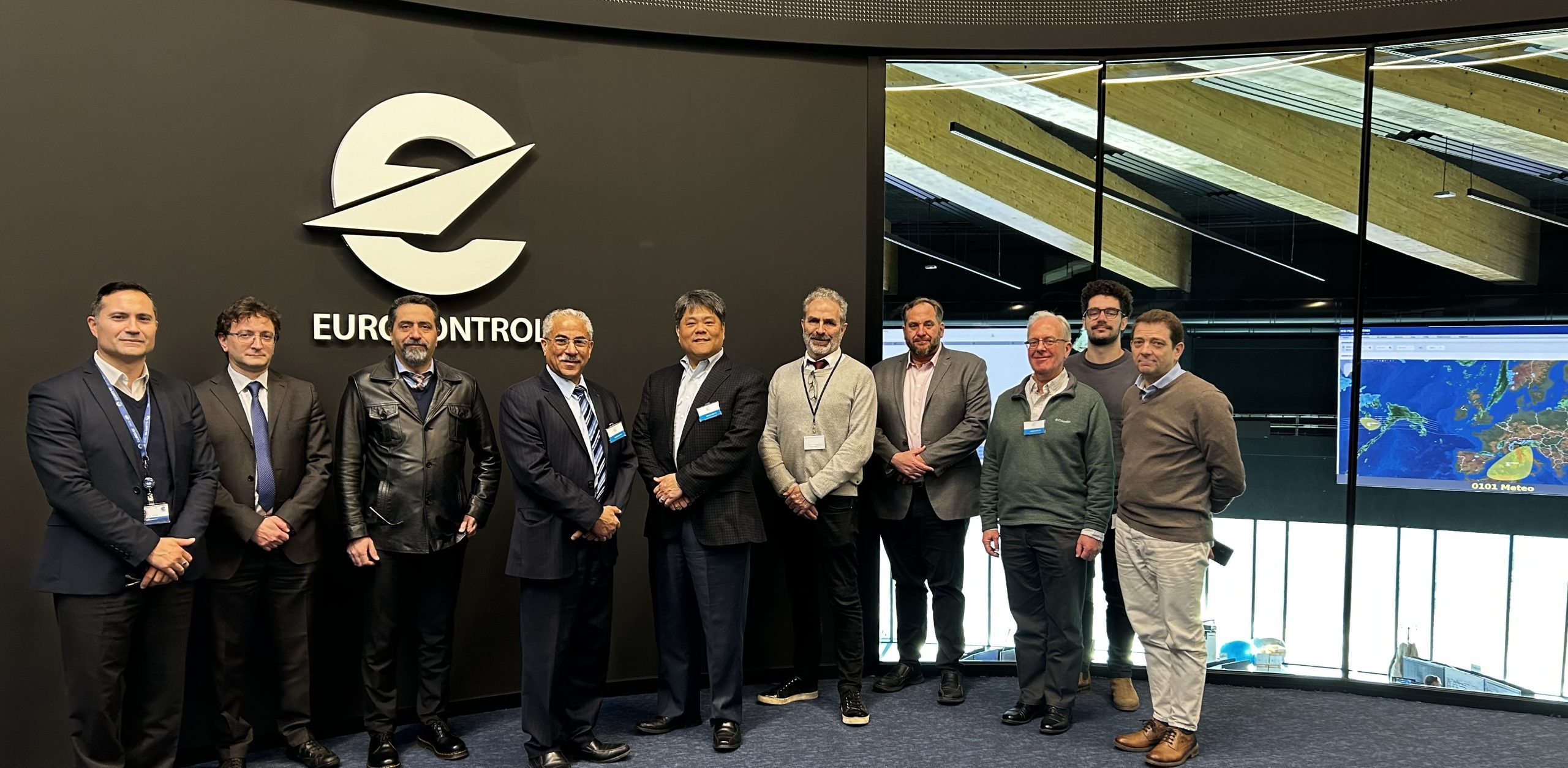New WG-134 DME Interrogators: Calling All Experts
The ED-54 ‘Minimum Operational Performance Requirements (MOPR) for Distance Measuring Equipment (DME) interrogator (DME/N and DME/P) operating within the Radio Frequency range 960 to 1215 MHz’ was published in January 1987 and is still in use in 2025. The standard does not reflect the technological evolution of equipment whose performance is higher today than the minimum required by the MOPS.
Recognising those advances will allow the DME range data consumers, in particular Flight Management Systems (FMS), to take benefit and credit from the better DME performance. This is of particular importance in the context of widespread Global Navigation Satellite System (GNSS) interference and urgent need of ensuring that DME is an adequate means to elaborate area navigation (RNAV) and required navigation performance (RNP) solutions.
The creation of this new WG also gives the opportunity to explore options to facilitate future improvements to DME, in particular regarding spectrum efficiency, like enhanced DME (eDME) currently under study in SESAR Making I-CNSS a Reality (MIAR) project WP3.3.
The first deliverable of this Working Group will be an update of ED-54 to facilitate the critical objective of making DME navigation a suitable alternative to GNSS. The intent for the first phase is to reflect the performance and characteristic of today’s state-of-the-art DME interrogators. The WG should evaluate the need for extended scope in a second phase.
The kick-off Meeting for WG-134 is scheduled for 28 November at the EUROCAE Offices in Paris, and is also open to non-members, who will be invited to join EUROCAE if they wish to continue their participation in the Working Group.
For further information, please contact the responsible Technical Programme Manager Mark Watson.
WG-126 VCS-ATC Systems Integration for ATM Information Exchange is Seeking Experts for a New Sub-Group
ATC systems and VCS form the essential pair for effective air traffic control, one manages aircraft position and identification, the other enables pilot communication. Despite their complementary roles, no standard currently exists for their integration. WG-126 is actively working on a new standard to address this gap, aiming to reduce workload, improve safety, and bridge the ATM and ATC domains through seamless information exchange.
WG-126 is creating a Sub-Group to develop a standard ontology for ASRU in Air Traffic Control environments. The ontology will provide a common, machine readable vocabulary and data model describing spoken interactions between controllers and pilots. The use-cases already envisioned are pilot readback monitoring, ATCO clearance automatic entry or conformance monitoring, but could be expanded to e.g. pilot request handling or inter-ATCO coordination automation. Those use-cases will provide improved safety and efficiency to the ATC community.
WG 126 seeks subject matter experts, system architects, and end users who can contribute to the definition, validation, and evolution of the ontology.
Desired expertise includes, but is not limited to: ATC Operations (Air Traffic Controllers, Supervisors, ATC Training Organisations and Service Providers representatives, or ANSPs), and ATC/VCS systems (Developers with knowledge or interest in speech recognition and language understanding technologies).
For further information, please contact our Senior Technical Programme Manager Anna Guégan.
Contribute to WG-124’s New Document on Spectrum
EUROCAE WG-124 and RTCA SC-242 are currently seeking additional expert participants to support the development of ED-XXX “Spectrum Guidance for Developers of Standards for Aviation Wireless Systems”.
This joint Working Group is focused on ensuring that the radio frequency (RF) characteristics of aeronautical Communications, Navigation, and Surveillance (CNS) systems are designed to use spectrum resources efficiently while maintaining the necessary safety margins. The Guidance Document will provide best practices to help the aviation industry work collaboratively with non-aviation spectrum users and ensure the safe integration of new technologies, an essential step toward advancing the aviation ecosystem.
The group is especially looking for experts involved in the design of RF avionics equipment. Their input will ensure that the guidance reflects a practical engineering perspective, especially in terms of spectrum compatibility and technical feasibility. The ultimate goal is to deliver a document that is both actionable and implementable by RF systems engineers across the industry.
If you are interested in this Working Group, please contact the responsible Technical Programme Manager Mark Watson.

